Cashew Nuts
Type: Raw, Dried, No Shell or Roasted Salted
Shelf Life: 12 Months
Grade Cashew Nut: W180, W320, W240, LP, WS, W450, LBW, SW320, SW, WB, SS
Color: Natural
Cashew Nuts
As a season cashew nuts farmer, I’ve witness firsthand the remarkable journey of the cashew kernel from
its cultivation to becoming a cherish ingredient in kitchens worldwide.
Allow me to share insights into the cultivation, processing, nutritional benefits,
and culinary versatility of cashew kernels.
1. Grade: W180, W240, W320
– Moisture: 5% Max
– Broken: 5% Max
– Melasma: 3% Max
– Mould and fungus: 0%
– Admixture: 1% Max
– Silk sell: 3% Max
– Dent rate: 3% Max
2. Grade: WS
– Moisture: 5% max
– Foreign matter : 1%max
– Broken: vertical broken
– Live insect and larvas: Negative
– Coliforms, salmonella: Negative
3. Grade: LP
– Moisture: 5% Max
– Melasma: 3% Max
– Admixture: 1% Max
-Live insect and larvas: Negative
– Coliforms, salmonella: Negative
CASHEW KERNEL
Cultivation and Harvesting
Cashew trees (Anacardium occidentale) thrive in tropical climates,
requiring well-drained sandy or loamy soils and ample sunlight.
The trees bear a unique fruit known as the cashew apple,
with the cashew nut (technically a seed) attached externally at the bottom.
Harvesting typically occurs during the dry season when the cashew apples mature and
naturally fall to the ground. We gather these fallen fruits promptly to ensure optimal quality.
Buy Cashew Nuts near me
Processing Steps
Transforming raw cashew nuts into the edible kernels involves several meticulous steps:
Drying: Freshly collected nuts are sun-dried for several days to reduce moisture content,
preventing mold growth and ensuring safe storage.
Roasting: The dried nuts undergo roasting, which facilitates shell removal and neutralizes
the caustic cashew nut shell liquid.
Shelling: After roasting, the brittle shells are carefully cracked to extract the inner kernels.
This process demands precision to avoid damaging the delicate kernels.
Peeling: A thin skin, known as testa, envelops each kernel. Once the kernels are dried,
this skin is removed to reveal the creamy cashew nut.
Grading and Packaging: Kernels are sorted based on size, color, and quality before being packaged for distribution. Proper packaging is crucial to maintain freshness and prevent contamination.
Nutritional Profile
Cashew kernels are not only delectable but also packed with nutrients:
Healthy Fats: Rich in monounsaturated and polyunsaturated fats,
cashews support heart health by promoting favorable cholesterol levels.
Protein: A valuable source of plant-based protein, they are especially beneficial for vegetarians and vegans.
Vitamins and Minerals: Cashews provide essential nutrients,
including magnesium, phosphorus, zinc, vitamin B6, vitamin K, and notably, copper,
which plays a vital role in energy production and immune function.
Culinary Applications
The versatility of cashew kernels in the culinary world is truly impressive:
Snacking: Enjoyed raw or roasted, cashews make for a satisfying and nutritious snack.
Cooking and Baking: Their creamy texture enhances both savory and sweet dishes,
from stir-fries to desserts. Cashews can also be blended into sauces or
used as a base for dairy-free cheeses and creams.







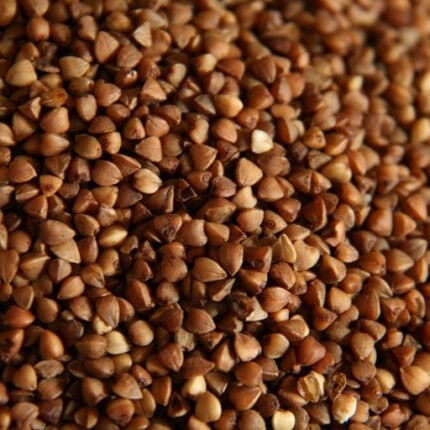
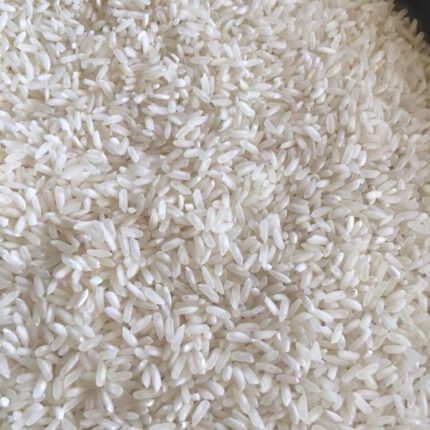

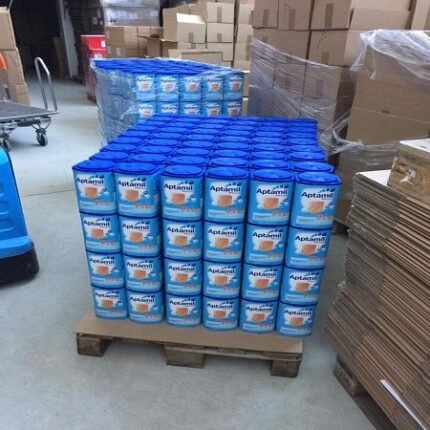
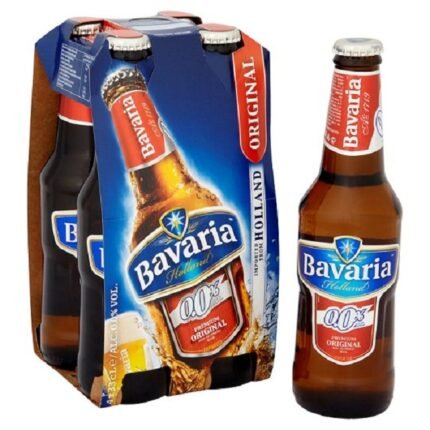





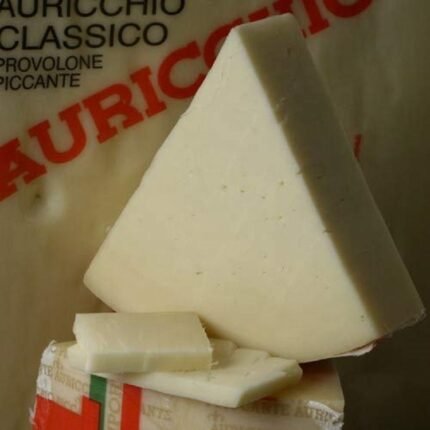
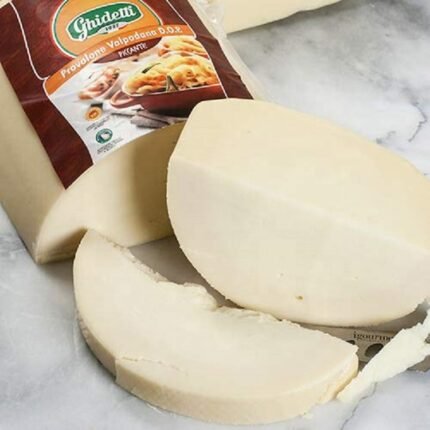

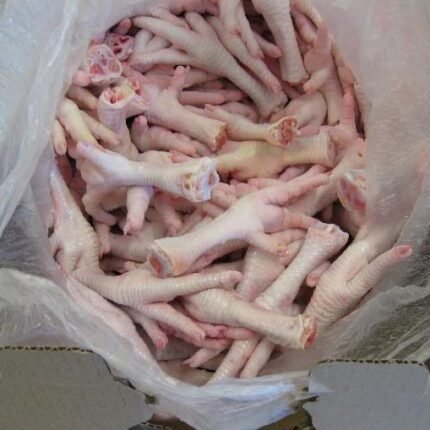



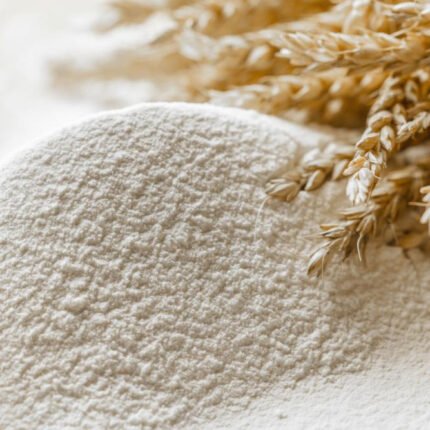

Reviews
There are no reviews yet.